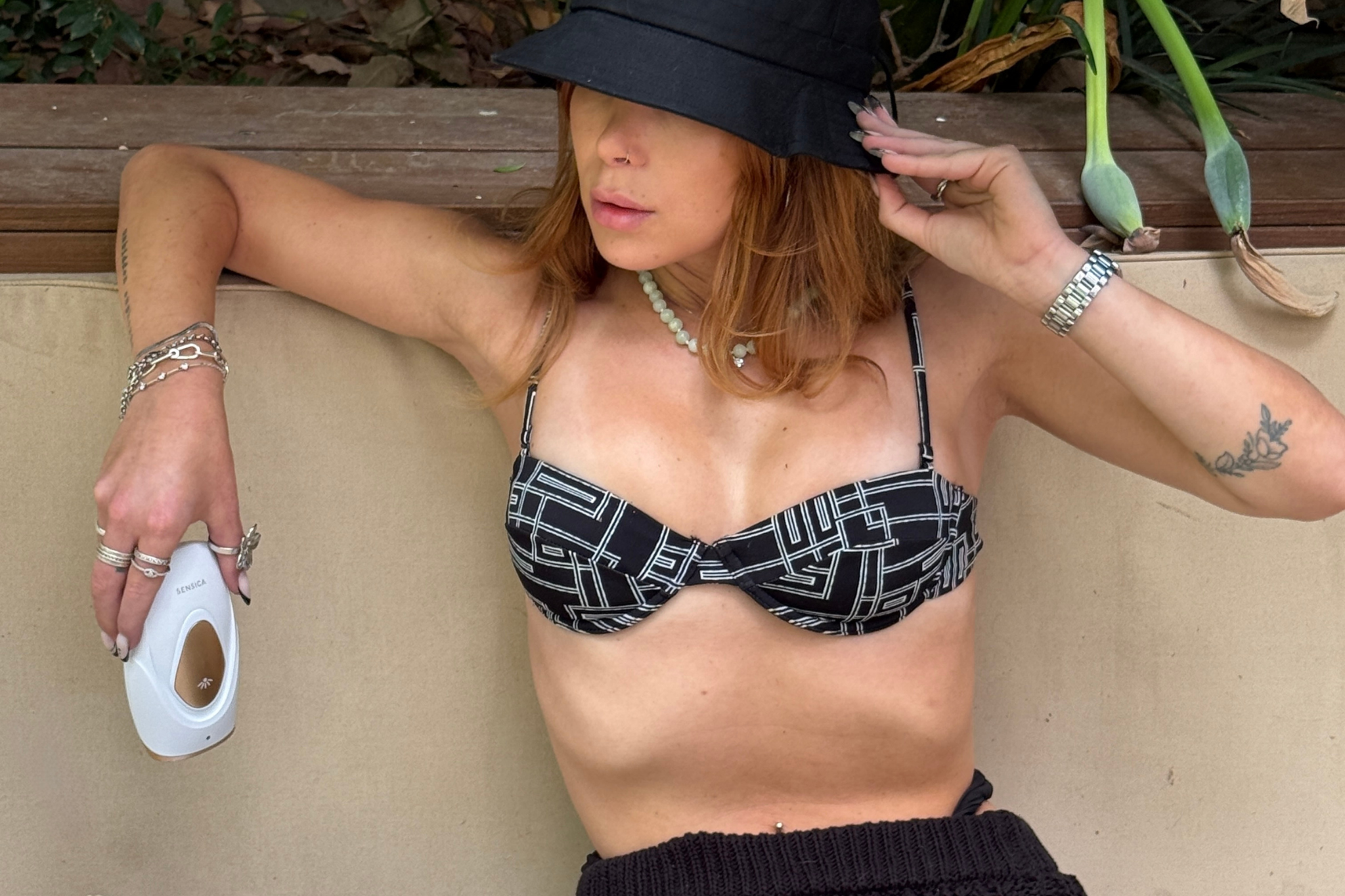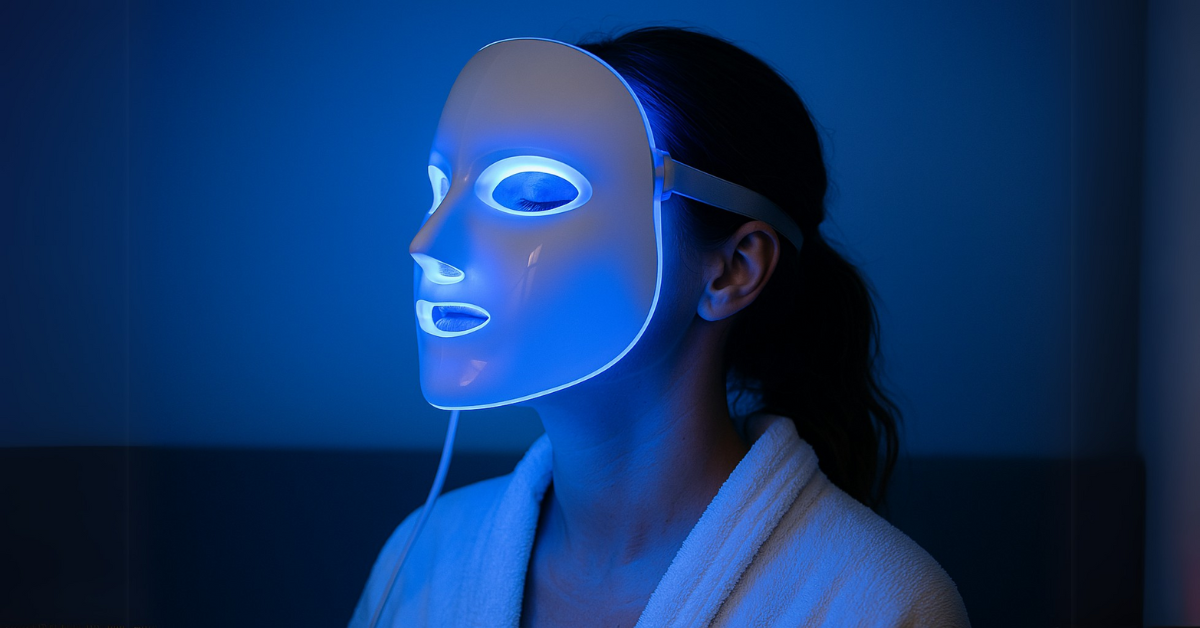The Ultimate Guide to Building a Skincare Routine for Combination Skin
Does your T-zone feel oily while your cheeks feel dry? Combination skin stands out because it requires balancing the distinct needs of oily and dry areas simultaneously. Unlike oily skin, which is greasy all over, or dry skin, which lacks hydration throughout, combination skin presents unique challenges due to its mixed nature. This means your skincare routine must address both excess sebum in the T-zone and dryness in other areas effectively. If so, you’re dealing with combination skin—one of the trickiest skin types to manage. Finding the right balance between hydrating dry areas and controlling oil production is essential for achieving healthy, radiant skin. This guide will walk you through every step of building a personalized skincare routine tailored to combination skin.
What is Combination Skin and How Do You Identify It?
Defining Combination Skin
Combination skin is characterized by having both oily and dry areas on the face. Typically, the T-zone—forehead, nose, and chin—tends to be oily, while the cheeks and jawline are often dry or normal.
How to Identify Combination Skin
- Signs: Shine, enlarged pores, and occasional breakouts in the T-zone; dryness, tightness, or flakiness on the cheeks.
- Seasonal changes: Oily areas may become more prominent in summer, while dryness intensifies during winter.
- Test it: After washing your face, leave it bare for an hour. If your T-zone becomes shiny but your cheeks feel tight, you have combination skin.
Why It’s Tricky to Manage
Combination skin requires a delicate balance of products. For example, using a rich moisturizer all over the face can clog pores in oily areas like the T-zone, while applying a strong mattifying product everywhere can lead to uncomfortable tightness in drier areas like the cheeks. Tailoring your routine to each zone ensures your skin gets exactly what it needs. The key is customization.
The Core Skincare Routine for Combination Skin
Step 1: Gentle Cleansing (Morning and Night)
Cleansing is the foundation of any skincare routine, especially for combination skin. It helps remove impurities and excess oil from the T-zone, preventing clogged pores, while maintaining hydration in drier areas to avoid further dryness or irritation.
- Purpose: Remove impurities and excess oil without stripping the skin’s natural moisture.
- What to Look For: A gel-based or cream cleanser that is gentle and non-comedogenic.
- What to Avoid: Harsh soaps or alcohol-based cleansers that can irritate dry areas.
- How to Use: Massage the cleanser onto damp skin and rinse with lukewarm water to avoid irritation.
Product Recommendation: La Roche-Posay Toleriane Hydrating Gentle Cleanser works well for balancing combination skin.
Step 2: Balancing Toner
Toners prepare the skin for treatments and help restore its natural pH balance.
- Key Ingredients: Witch hazel for oily areas, rose water for hydration, or niacinamide to calm inflammation.
- Benefits: Minimizes pores in the T-zone and hydrates dry areas.
- How to Apply: Use a cotton pad or your hands to pat the toner gently onto your face.
Product Recommendation: Thayers Rose Petal Witch Hazel Toner provides hydration and oil control in one step.
Step 3: Targeted Treatments (Serums)
Combination skin benefits from using different treatments for specific areas.
- For Oily Areas: Niacinamide or salicylic acid to regulate oil production and unclog pores.
- For Dry Areas: Hyaluronic acid or ceramides to lock in moisture.
- How to Use: Apply treatments to the respective zones or layer serums if suitable for the whole face.
Product Recommendation: The Ordinary Niacinamide 10% + Zinc 1% is ideal for oily zones, while The Ordinary Hyaluronic Acid 2% + B5 hydrates dry patches.
Step 4: Moisturizing
Even combination skin needs hydration, but it’s important to choose the right texture.
- What to Use: Lightweight, oil-free moisturizers for the entire face. For drier areas, apply a richer cream as a spot treatment.
- Benefits: Prevents dehydration in dry areas and balances oil in the T-zone.
Product Recommendation: Neutrogena Hydro Boost Water Gel provides lightweight hydration suitable for all zones.
Step 5: Sunscreen
Sunscreen is essential for all skin types to prevent UV damage, which can exacerbate both dryness and oiliness.
- What to Look For: Broad-spectrum, non-comedogenic SPF 30+ with a matte finish.
- How to Use: Apply generously to your entire face and reapply every two hours when outdoors.
Product Recommendation: EltaMD UV Clear Broad-Spectrum SPF 46 is a lightweight, non-greasy sunscreen perfect for combination skin.

Weekly Additions to Enhance Your Routine
Exfoliation (1-2 Times Per Week)
Exfoliation removes dead skin cells, improving texture and allowing products to penetrate better. However, over-exfoliation can harm combination skin by stripping natural oils from drier areas, leading to irritation, while triggering excess oil production in the T-zone.
- For Dry Areas: Use AHA-based exfoliants like lactic acid to smooth and hydrate.
- For Oily Areas: Opt for BHA-based exfoliants like salicylic acid to unclog pores.
Product Recommendation: Paula’s Choice Skin Perfecting 2% BHA Liquid Exfoliant targets oily areas effectively.
Clay Masks for Oily Zones
Clay masks absorb excess oil and detoxify the skin.
- Benefits: Reduces shine and minimizes pores in the T-zone.
- How to Use: Apply to oily areas only and leave on for 10-15 minutes.
Product Recommendation: Aztec Secret Indian Healing Clay is a powerful mask for deep pore cleansing.
Hydrating Masks for Dry Zones
Hydrating masks replenish moisture and soothe dry patches.
- Benefits: Prevents flakiness and restores suppleness.
- How to Use: Apply to dry areas and leave on for 10-15 minutes.
Product Recommendation: Laneige Water Sleeping Mask delivers overnight hydration for parched skin.
Best Ingredients for Combination Skin
- For Oily Areas: Niacinamide, salicylic acid, and green tea extract to control oil and soothe inflammation.
- For Dry Areas: Hyaluronic acid, ceramides, and aloe vera for hydration and repair.
- Dual-Purpose Ingredients: Vitamin C and antioxidants for brightening and overall skin health.
Lifestyle Tips for Combination Skin
- Stay Hydrated: Drinking plenty of water helps maintain balance in the skin by reducing excessive sebum production in oily areas while preventing flakiness and tightness in dry zones. Proper hydration supports overall skin health and improves its resilience against environmental stressors.
- Diet: Avoid excessive sugar and fried foods, and opt for antioxidant-rich foods like berries and nuts.
- Seasonal Adjustments: Use richer products in winter for dry areas and lighter products in summer for oily areas.
- Cleanliness: Change pillowcases regularly to prevent oil and bacteria buildup.
Common Mistakes to Avoid
- Using the Same Product on All Areas: This can lead to over-drying or over-hydrating certain zones.
- Skipping Moisturizer: Both dry and oily areas need hydration to maintain balance.
- Over-Cleansing Oily Areas: Stripping natural oils can lead to increased sebum production.
- Ignoring Sunscreen: Sun damage can worsen dryness and oiliness.
FAQs About Skincare for Combination Skin
Can I use the same moisturizer for oily and dry areas?
Yes, but opt for a lightweight formula and layer richer products on drier areas if needed.
How can I control shine in the T-zone?
Use mattifying products, blotting papers, or a lightweight powder throughout the day.
What’s the best foundation for combination skin?
Choose a semi-matte foundation that balances both oily and dry areas.
Final Words
Combination skin can be challenging, but with the right approach, you can balance hydration and oil control for a healthy, radiant complexion. By following a tailored skincare routine and incorporating the right products, you’ll keep your skin glowing all year round.





